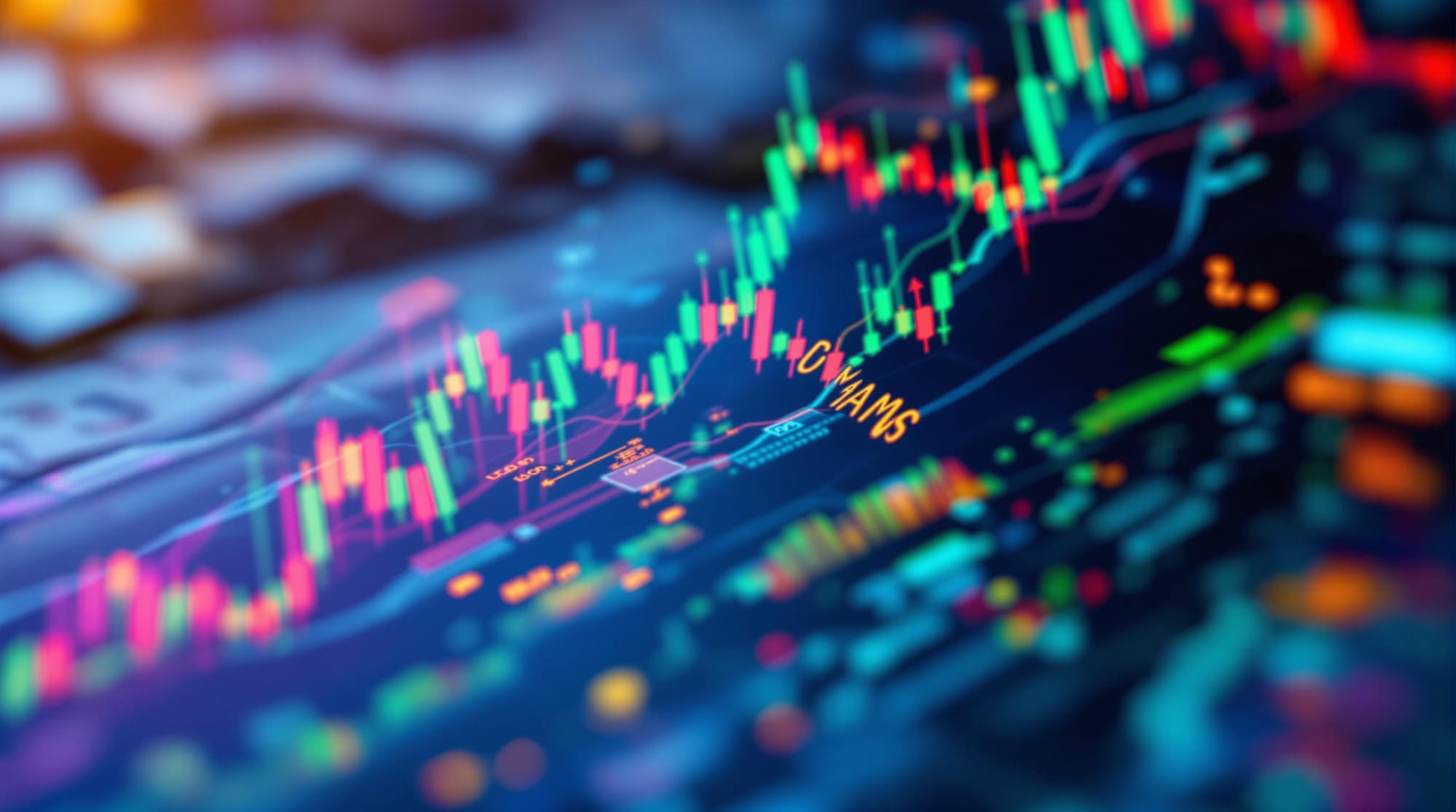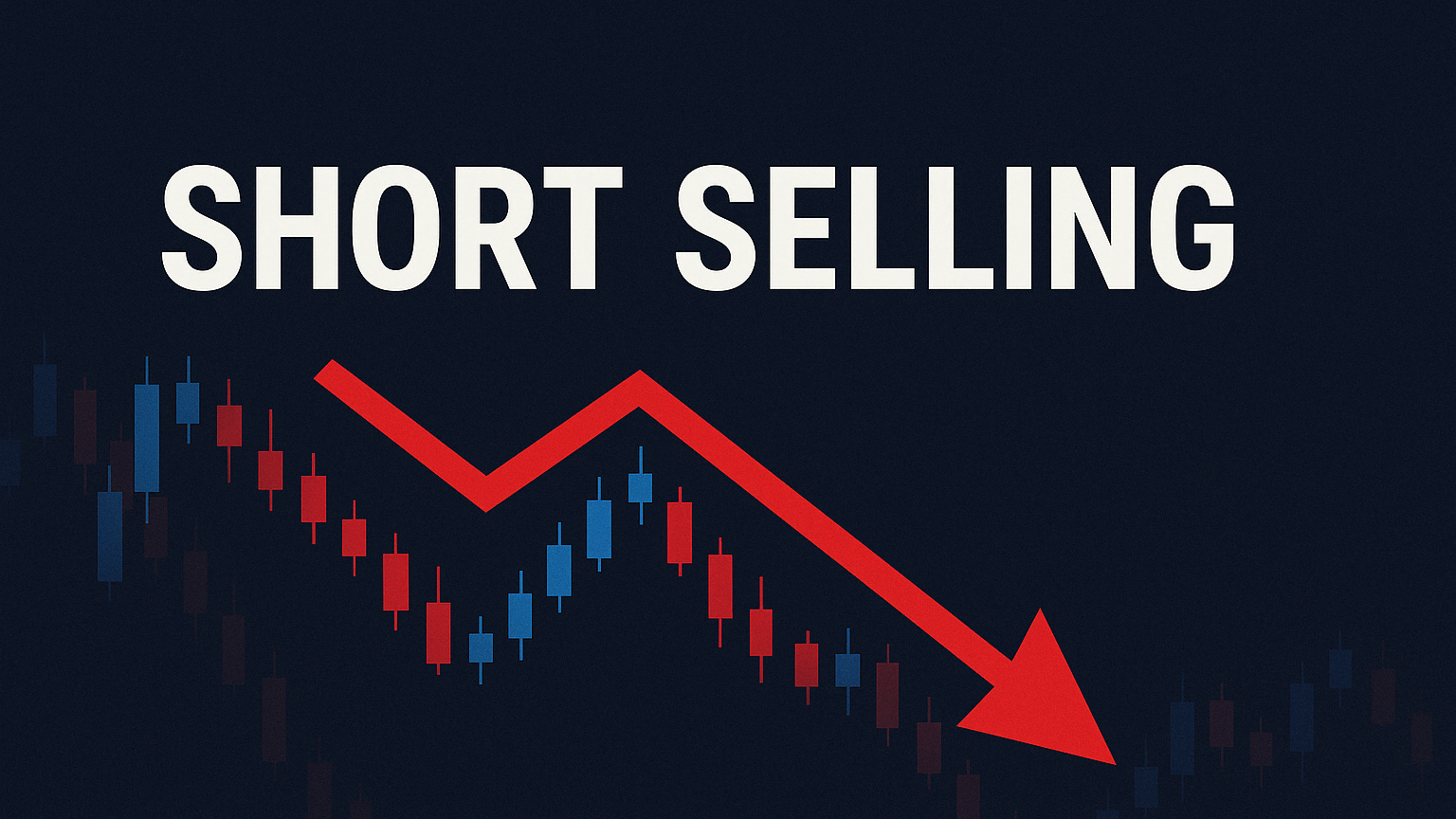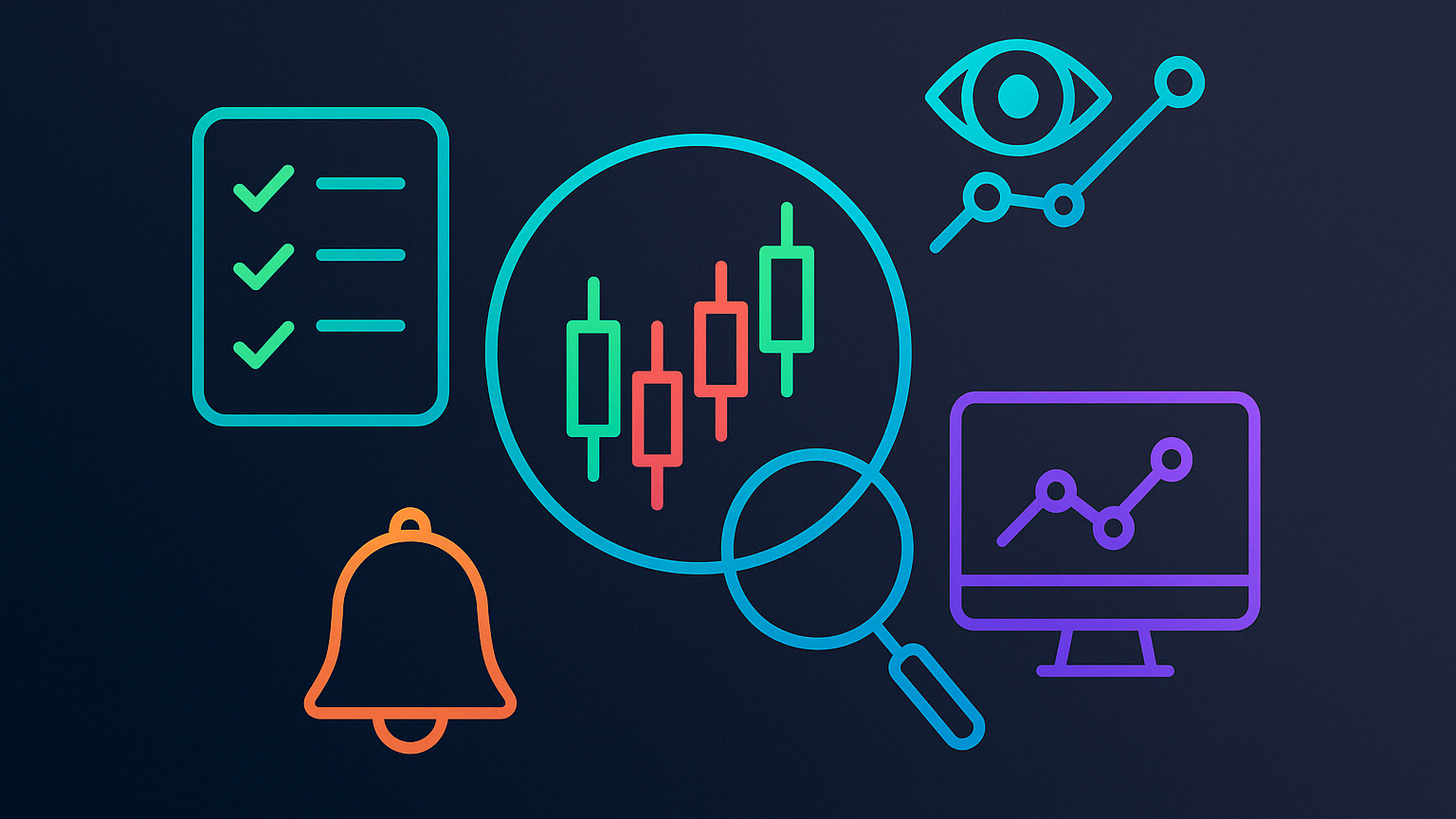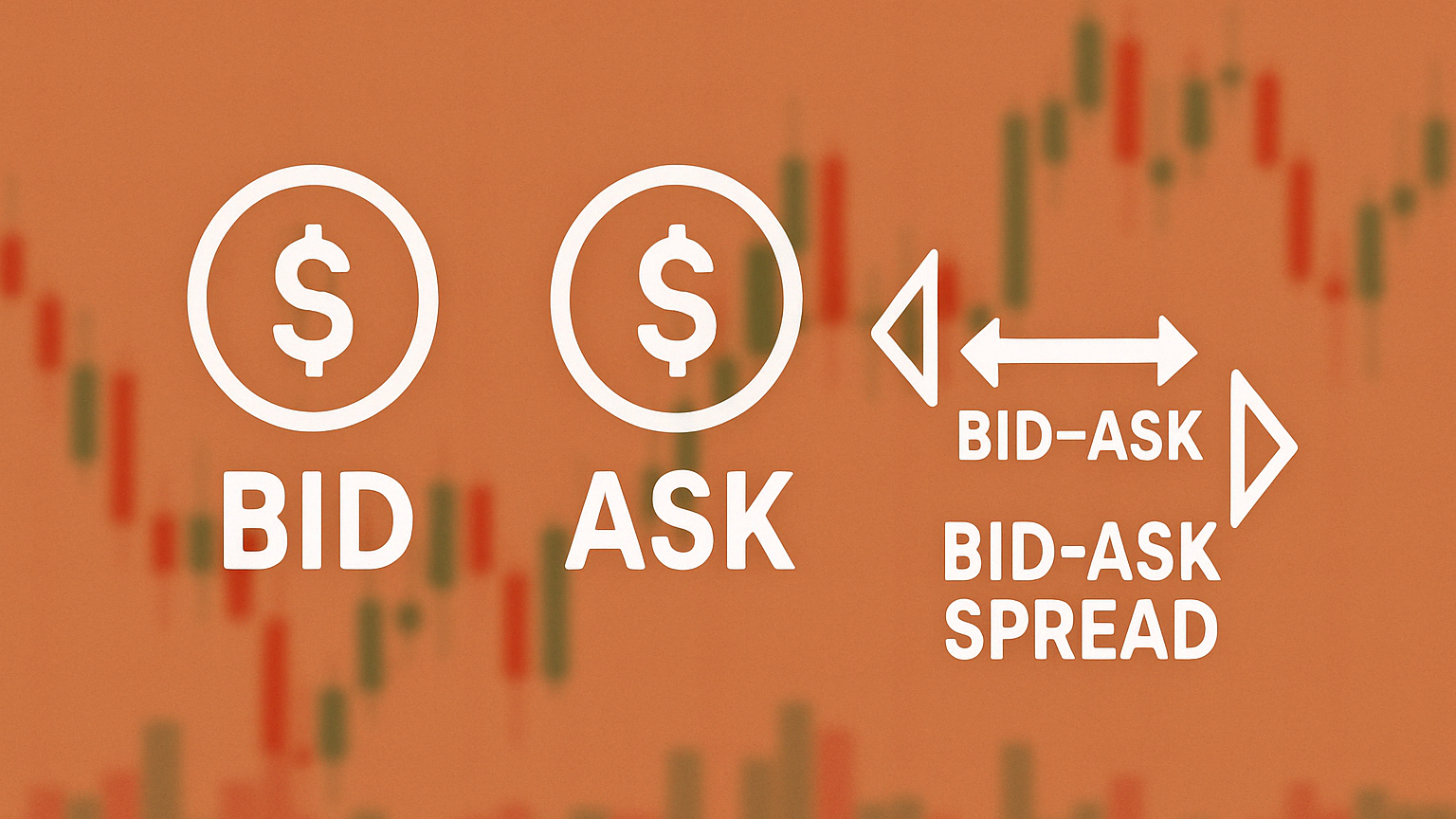Explore the differences between volatility smile and skew, to gauge market volatility and refine options strategies.
Volatility smile and skew are essential tools for understanding market volatility and derivatives/options pricing. Here's a quick breakdown:
- Volatility Smile: A U-shaped curve showing higher implied volatility for deep in-the-money (ITM) and out-of-the-money (OTM) options, reflecting market uncertainty and potential for large price swings in both directions.
- Volatility Skew: An uneven curve indicating directional bias. Commonly, equity markets show negative skew (higher implied volatility for OTM puts), signaling concerns about downside risks.
Quick Comparison
| Feature | Volatility Smile | Volatility Skew |
|---|---|---|
| Shape | Symmetrical U-shape | Uneven curve |
| Focus | Both ITM and OTM options | Directional risk (e.g., OTM) |
| Market Sentiment | Balanced risk in both directions | Bias toward upside or downside |
| Common in | Equity, FX, and index options | Equity, commodity, and FX markets |
Both patterns help traders refine pricing strategies and assess market risks. The article dives deeper into their characteristics, uses, and how to interpret them effectively.
Understanding Volatility Smile
What Is a Volatility Smile?
A volatility smile is a pattern that appears when you plot implied volatility against strike prices for options with the same expiration date. It gets its name from its curved, smile-like appearance. Typically, both deep in-the-money (ITM) and out-of-the-money (OTM) options show higher implied volatility compared to at-the-money (ATM) options [1][2].
The 1987 Black Monday crash significantly changed how options were priced. Before the crash, implied volatility across strike prices in American markets was mostly flat. Afterward, the U-shaped smile pattern became the norm [2].
How to Visualize a Volatility Smile
To graph a volatility smile, you need to focus on two main variables: strike prices and implied volatility. Here's what the graph represents:
| Component | Description | Why It Matters |
|---|---|---|
| X-Axis | Strike Prices | Covers the range from ITM to OTM options |
| Y-Axis | Implied Volatility | Shows the volatility levels for each strike |
| Center Point | At-the-money Options (ATM) | Generally has the lowest implied volatility |
| Curve Edges | Deep ITM/OTM Options | Reflects higher implied volatility |
What Does the Volatility Smile Tell Us?
The volatility smile gives traders insight into market sentiment and risk levels. Unlike the more directional volatility skew (discussed later), the smile's symmetrical shape captures broader market expectations.
Key takeaways from the smile include:
- Market Uncertainty: Higher implied volatility for ITM and OTM options often reflects greater market uncertainty and the demand for higher premiums.
- Risk Awareness: Highlights the potential for extreme price movements beyond normal market conditions.
During periods of market stress, the smile becomes more pronounced, signaling increased risk and heightened sentiment [3][4]. Traders use this information to refine their pricing models and create strategies that align with these market signals.
Understanding the volatility smile sets the stage for examining other patterns, like the volatility skew, which focuses on directional risks in the market.
Understanding Volatility Skew
What Is Volatility Skew?
Volatility skew refers to the uneven distribution of implied volatility across different strike prices for options that share the same underlying asset and expiration date. Unlike the balanced "volatility smile", skew indicates a directional bias in the market [3].
Here’s a breakdown of the three main types of volatility skew:
| Skew Type | Characteristics | Market Implication |
|---|---|---|
| Positive (Forward) | Higher volatility for out-of-the-money (OTM) calls | Suggests expectations of price increases |
| Negative (Reverse) | Higher volatility for OTM puts | Suggests expectations of price decreases |
| No Skew | Volatility remains consistent across strikes | Indicates no strong directional bias |
How to Visualize Volatility Skew
When plotted, volatility skew shows the relationship between strike prices and implied volatility. The curve's angle and direction reveal insights into market sentiment and potential price trends.
For example, in a negative skew, out-of-the-money (OTM) puts below a level like the S&P 500's 4,000 strike might exhibit higher implied volatility. This reflects increased demand for downside protection, helping traders fine-tune their hedging strategies to align with market signals.
Common Skew Patterns Across Markets
Different asset classes exhibit distinct skew patterns due to their unique dynamics:
- Equity Markets: Typically show negative skew. Demand for protective puts often drives their implied volatility higher than equivalent OTM calls.
- Commodities Markets: Often display positive skew. Supply issues or sudden demand surges can lead to sharp price increases, pushing OTM call volatility higher [3].
- Currency Markets: Skew depends on factors like interest rate differences and economic conditions, reflecting expected shifts in currency strength.
During periods of market stress, these skew patterns often become more pronounced [1][4]. Recognizing these shifts can help traders adapt their strategies to better match evolving market conditions.
Comparing Volatility Smile and Skew
Shape and Symmetry Comparison
A volatility smile forms a symmetrical U-shaped curve, showing equal implied volatilities for both deep in-the-money (ITM) and out-of-the-money (OTM) options. On the other hand, a volatility skew displays an uneven curve, reflecting differences in implied volatility across strike prices [1][3].
| Characteristic | Volatility Smile | Volatility Skew |
|---|---|---|
| Shape | Symmetrical U-shape | Uneven curve |
| Distribution | Equal ITM and OTM volatilities | Higher volatilities on one side |
| Market Implications | Balanced risk in both directions | Highlights specific directional risks |
Market Sentiment Insights
A strong volatility smile often signals increased market uncertainty and expectations of significant price swings in either direction. In contrast, a volatility skew reveals directional biases. For example:
- A negative skew, common in equity markets, reflects concerns about downside risk, leading to higher implied volatilities for OTM puts.
- A positive skew suggests optimism, with markets expecting upward price movements [3][4].
Asset Class Associations
Volatility patterns differ across asset classes due to their unique market behaviors. For example, foreign exchange options and equity index options often display volatility smiles, indicating the market sees equal chances of major price changes in either direction [1].
Equity markets tend to show negative skew, driven by demand for protection against price drops. Meanwhile, commodities and forex markets exhibit their own distinct patterns. Recognizing these differences allows traders to fine-tune their strategies based on the asset class [1][3].
These patterns not only reflect market sentiment but also play a key role in pricing options and managing risk, helping traders apply them effectively in real-world scenarios.
Using Volatility Patterns in Trading
Assessing Market Sentiment with Smile and Skew
Volatility patterns like the smile and skew reveal shifts in market sentiment and expectations for price movements. When analyzing these patterns, traders should pay attention to:
- Changes in symmetry or shape over time: These can indicate evolving market expectations.
- Skew steepness: Monitoring this helps traders gauge sentiment shifts and adjust hedging strategies.
- Pattern behavior across different market conditions: This provides context for how patterns develop under varying scenarios.
Options Pricing Strategies
Navigating options trading effectively means tailoring strategies to fit different volatility environments. Here's an example of how to use a negative volatility skew to your advantage:
| Strategy Component | Details | Rationale |
|---|---|---|
| Buy ATM Put | Lower implied volatility | Take advantage of relatively cheaper pricing |
| Sell 2x OTM Puts | Higher implied volatility | Benefit from pricier downside protection |
This approach leverages the higher implied volatility in out-of-the-money (OTM) puts compared to at-the-money (ATM) options [1][5].
Limitations of Volatility Patterns
While these patterns offer useful insights, they also have limitations that traders need to account for. For instance, theoretical models like Black-Scholes assume a flat volatility curve, which often doesn't align with actual market behavior [2].
Key challenges include:
- Market dynamics and external events: Factors like macroeconomic changes can disrupt expected patterns.
- Asset-specific characteristics: Volatility varies across assets, requiring customized strategies.
"Understanding the volatility smile and volatility skew is crucial for anyone involved in options trading, as it reveals how market expectations about future volatility vary with different strike prices and option types." - Prateek Yadav [1]
Conclusion: Key Points
Comparing Volatility Smile and Skew
Grasping the concepts of volatility smile and skew is crucial for anyone involved in options trading. A volatility smile shows a U-shaped pattern, where out-of-the-money (OTM) options have higher implied volatility compared to at-the-money (ATM) options. This pattern suggests a greater likelihood of significant price swings in either direction[3][6]. On the other hand, volatility skew highlights a market's directional bias, often reflecting concerns about downside risks[3][4].
Understanding these differences is key to using volatility analysis effectively in trading strategies.
Practical Insights on Volatility Analysis
Volatility analysis works best when patterns are interpreted within their specific market context. Different asset classes exhibit unique volatility behaviors, making it essential to combine technical tools with hands-on experience.
For traders looking to refine their approach, tools like LuxAlgo's advanced indicators can offer deeper insights when paired with traditional market analysis. The real challenge is staying adaptable, as volatility patterns act as ever-changing signals that demand regular monitoring and strategy tweaks to align with shifting market dynamics.
FAQs
What is the difference between volatility smile and volatility skew?
The primary difference lies in their shape and what they indicate about the market. A volatility smile creates a U-shaped curve, showing higher implied volatilities for deep ITM (in the money) and OTM (out of the money) options. This shape suggests that the market expects large price movements in either direction.
On the other hand, a volatility skew forms a slanted curve. It often shows higher implied volatilities for OTM puts (negative skew) or OTM calls (positive skew). For instance, in equity markets, negative skew is common, as traders are typically more concerned about downside risks [1][3].
Why do traders use volatility smiles for pricing options?
Traders rely on volatility smiles to understand market expectations and fine-tune their options pricing. The smile's curve reveals insights into the expected distribution of price movements. A sharper curve often indicates that the market is bracing for significant price swings [2][3].
"The shape of the volatility smile or skew can provide insights into the implied distribution of the underlying asset price. If the smile is flat, the market assumes that returns follow a normal distribution." - Prateek Yadav, Author
These FAQs highlight the key differences and uses of volatility smile and skew, offering traders a clearer understanding of how to incorporate these patterns into their strategies.







